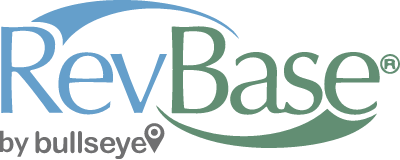
In the era of digital B2B marketing, many marketing and sales organizations continue to rely on trade shows, conferences, and in-person seminars to generate leads and maintain communication with customers. Marketers still use major shows to introduce new products, and sales reps still conduct regional shows and exhibitions with marketing support. In addition, distributors, dealers, and other sales channels rely on in-person events, including local trade shows, community events, and conferences.
Ongoing participation in these events calls for a steady supply of marketing assets, including literature, displays, booths, signs, demo equipment, giveaways, and more. These marketing assets are physical, not digital – so they must be created, stocked, ordered, picked and shipped, in the right quantities and on time. Some of them (e.g., booths, signs, demo gear) must be returned after the event.
The role of marketing asset management software.
Digital marketing technology can streamline the management and distribution of the physical marketing assets used at trade shows and events. Specifically, web-based marketing asset management software helps marketers automate processes associated with sharing, distributing, and tracking all physical assets used for events.
Requirements for a system to handle trade show materials.
Recently, a customer using the RevBase marketing asset management system for their digital marketing assets asked if RevBase could improve their management of trade show assets. The customer currently has two different systems to keep track of these materials — neither of which is effective. “Of course” was my answer, given that many of our customers use RevBase for physical assets, including print collateral and show assets. As we explored the topic together, we identified eight requirements of an online system to handle trade show assets.
- Asset Management – Marketers need to be able to add, delete, and edit trade show assets in their online catalog. This needs to be fast and easy, and support concurrent access.
- Asset Search – Sales reps and field marketers need intuitive tools to search and browse available items and see if unique items are already reserved for use on specific dates.
- Visual Presentation of Assets with Descriptive Metadata– Because the assets will be used for events, they need to be presented with photos and descriptive information, such as size and weight.
- Ability to Partition Assets by Audience or Level— Some assets are available for all users, but others are restricted to specific users. The system needs to make it easy to partition assets for access control.
- Shopping Cart – Users need to be able to place orders for items via a shopping cart that enforces rules relating to aspects like minimum/maximum, lead time, and charge codes.
- Vendor-Neutral Fulfillment – Orders for assets are transferred to the appropriate fulfillment vendor or location. Multiple suppliers can be integrated, and it’s easy to replace suppliers in the system.
- Order Status and Tracking— Fulfillment vendors can provide order status and tracking information back to the system, so users are assured their requested assets will arrive on time.
- Single Sign-On (SSO) — The system should support single-sign-on from CRM systems, distributor support sites, etc.
By implementing a Marketing Asset Management system that meets these requirements, marketers save valuable time while providing a higher level of sales support.
How effective is your process for managing and sharing trade show assets? Let’s talk if you aren’t satisfied with your current approach.
